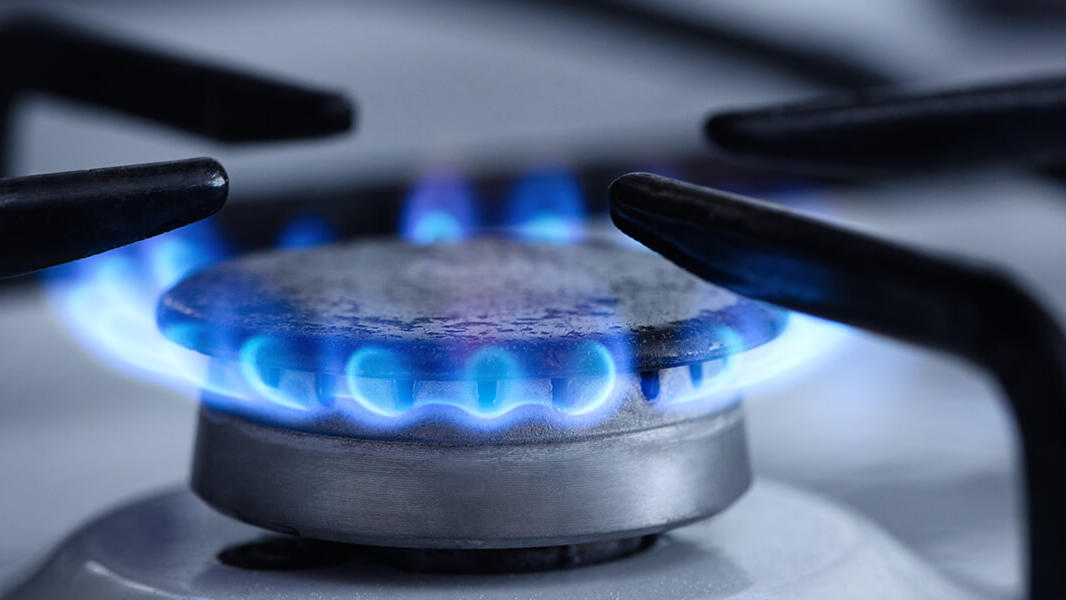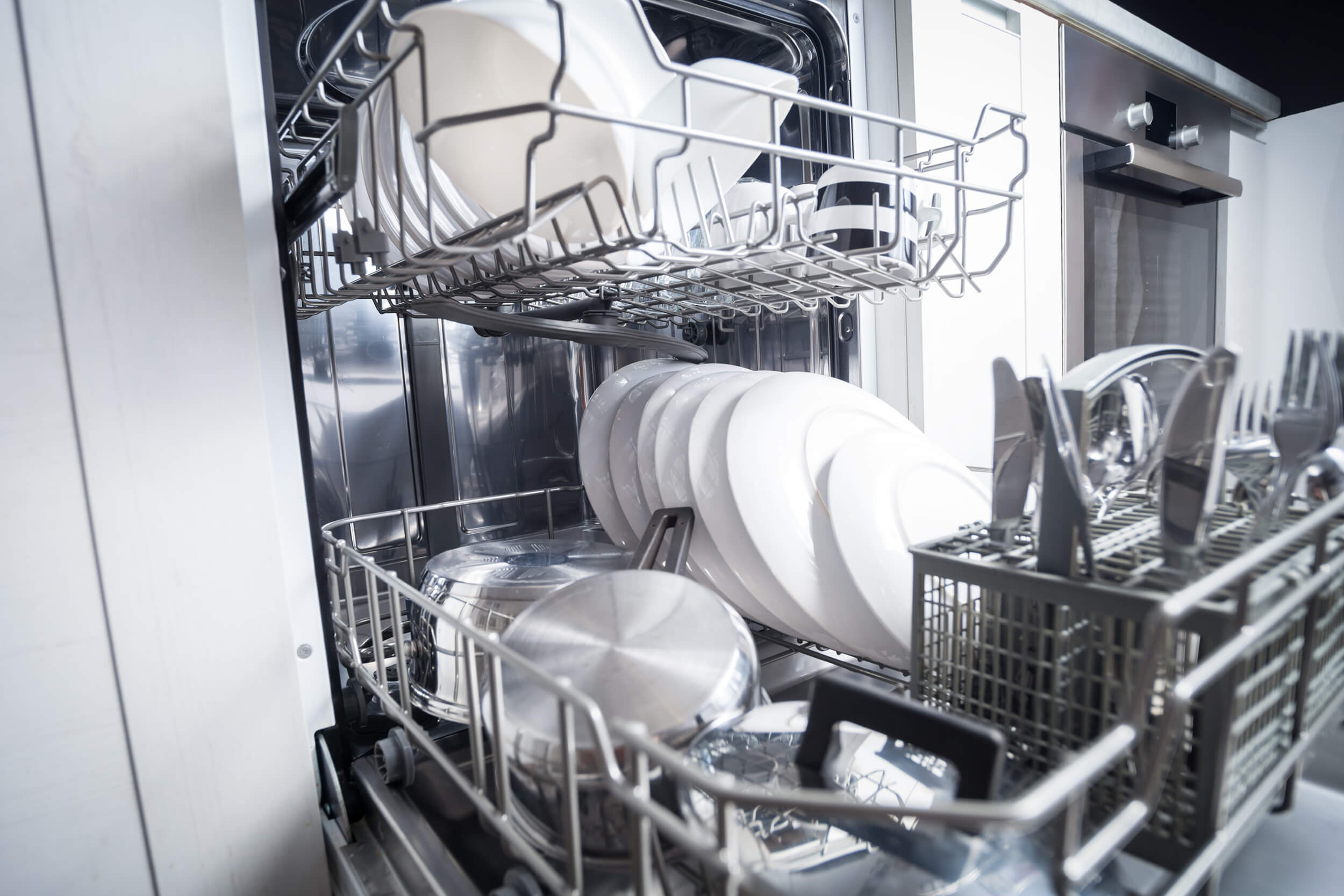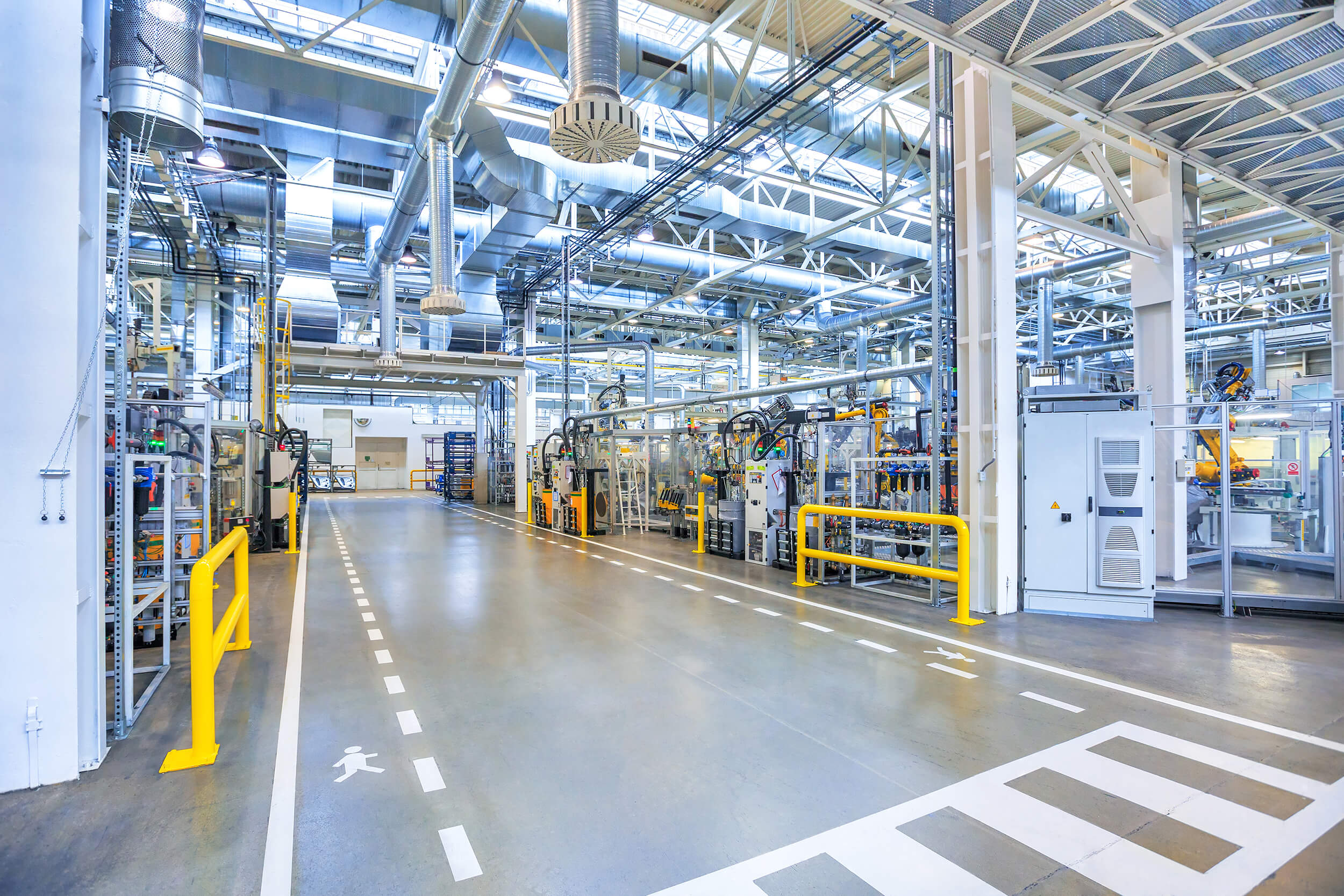A blockbuster Bloomberg News article Wednesday appeared to uncover surprising news: recently proposed Department of Energy efficiency standards for stoves are “drawing fear from the industry that the regulation could effectively end the use of some products from the market.”

A blockbuster Bloomberg News article Wednesday appeared to uncover surprising news: recently proposed Department of Energy efficiency standards for stoves are “drawing fear from the industry that the regulation could effectively end the use of some products from the market.”
The Association of Home Appliance Manufacturers—which represents Whirlpool and other top brands—is quoted telling readers that the plan “could effectively ban gas appliances.” The American Gas Association is ever so slightly more tempered, warning that its “another attempt by the Federal government to use regulations to remove viable and efficient natural gas products from the market.”
There’s only one problem: the Department of Energy (DOE) has proposed no such thing. By law, DOE could not set energy efficiency standards that ban gas stoves even if it wanted to.
The DOE stove efficiency proposal—published on the agency’s website in December and in the Federal Register this week—would set separate standards for electric smooth cooktops, electric coil cooktops, and gas cooktops. It turns out that among electric smooth cooking tops and also among gas models, there are wide variations in the efficiency of today’s products. For these two types, DOE estimates that its proposed standards would reduce energy use by about 30% each to do the same amount of cooking, relative to the least-efficient products of those types on the market today.

For gas stoves, DOE’s analysis found that “optimized burner and grate design” in models (including optimizing “grate weight, flame angle, distance from burner ports to the cooking surface”) could help them achieve the proposed efficiency levels. But is that reasonably doable, or, as the manufacturers suggest, is this really just a ban?
Fortunately, DOE checked. It turns out that for the generally lower-priced gas stove types sold today, many would already meet the proposed standard (in this case known as “max-tech”). As the proposal puts it, "Gas cooking tops with thinner non-continuous grates typically are at max-tech.”
In fact, DOE has now said that “every major manufacturer has products that meet or exceed the requirements proposed today—including nearly 50% of the current gas cooktop market that will not be impacted by this proposal.”
But what about higher-end model types? For instance, could models that use the popular continuous cast-iron grates, and that have a high output burner, meet the proposed standard? Sure enough, the engineers at DOE checked, testing 21 models of “gas cooking tops that include at least one HIR [high output] burner and continuous cast-iron grates.”
DOE found the efficiency leader among this group (no brand name information is publicly available) and proposed to set the cooking efficiency requirement at this level. In other words, DOE went out of its way to ensure that models with continuous cast-iron grates and one high-output burner can meet the standard—they’ll just need to be designed as well in their burner setup as the best such model in the group the agency tested.
Here's what we’re left with. It's not unfair for anyone to say they disagree with state governments potentially prohibiting gas stoves (which contribute significant indoor air pollution), or that they don’t want a federal agency to do so (none has yet proposed to, though some may have the authority).
But the Department of Energy’s appliance standards simply aren’t authorized to do so, a fact that the industries involved surely know. The DOE’s proposal appears generally thorough and fair. And—let’s not forget—it will reduce overall costs for consumers and reduce greenhouse gas emissions, the agency’s analysis shows.
It’s unfortunate that stove manufacturers and Bloomberg News are telling the public that this standard is something it is not.





